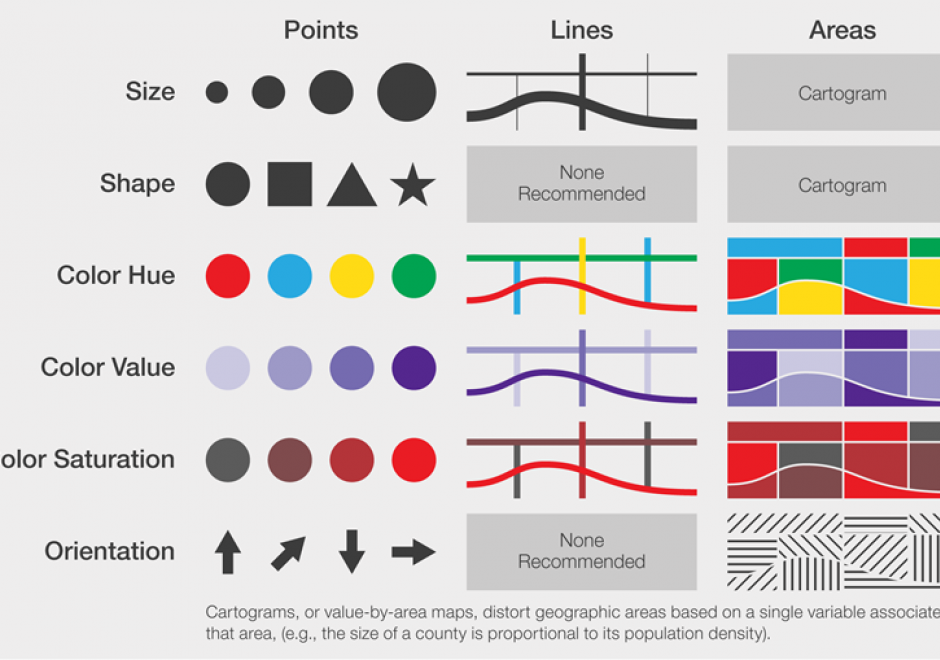FC-12 - Structured Query Language (SQL) and attribute queries

- Define basic terms of query processing (e.g., SQL, primary and foreign keys, table join)
- Create an SQL query to retrieve elements from a GIS
- Explain the basic logic of SQL syntax
- Demonstrate the basic syntactic structure of SQL




KE-03 - Strategic Planning for GIS Design
Geographic Information Systems (GIS) are pervasive and have become an essential feature in many professional disciplines. Prior to adoption, implementation or use of any GIS, a system must be properly designed to meet its organizational goals, and this requires comprehensive strategic planning to take place ahead of the design. In this article, we discuss methods for strategic planning in GIS design, drawing from literature in Information Systems and GIS research and practice, and business management. We present a four-step approach toward planning for GIS design that will ensure the system is well-suited to further an organization’s long-term functions, applications, and users’ needs.